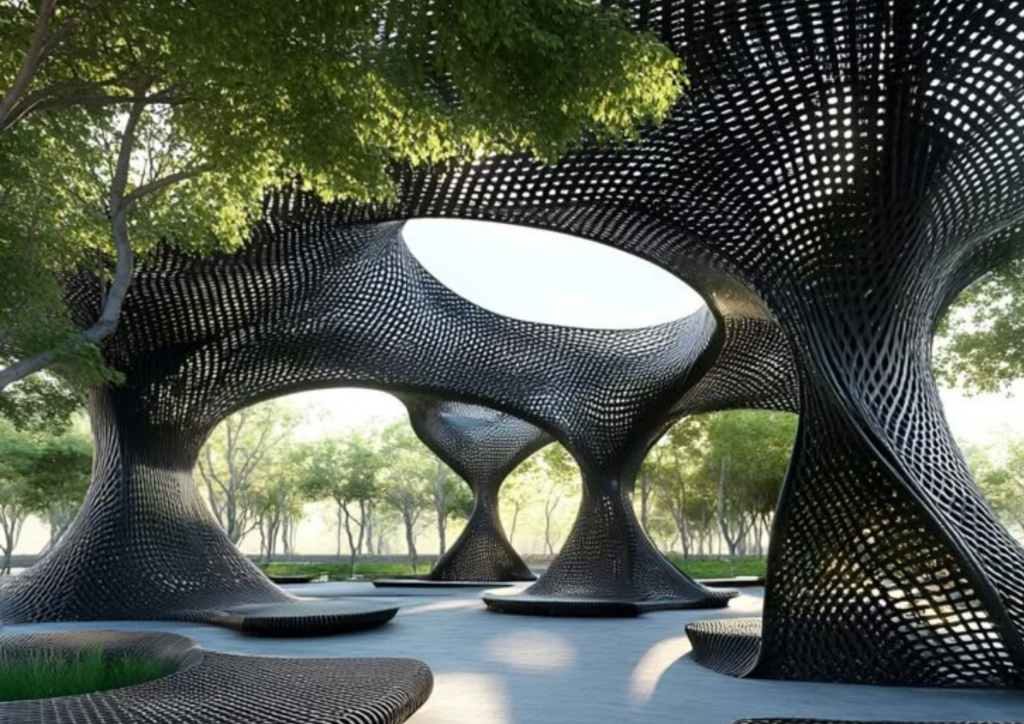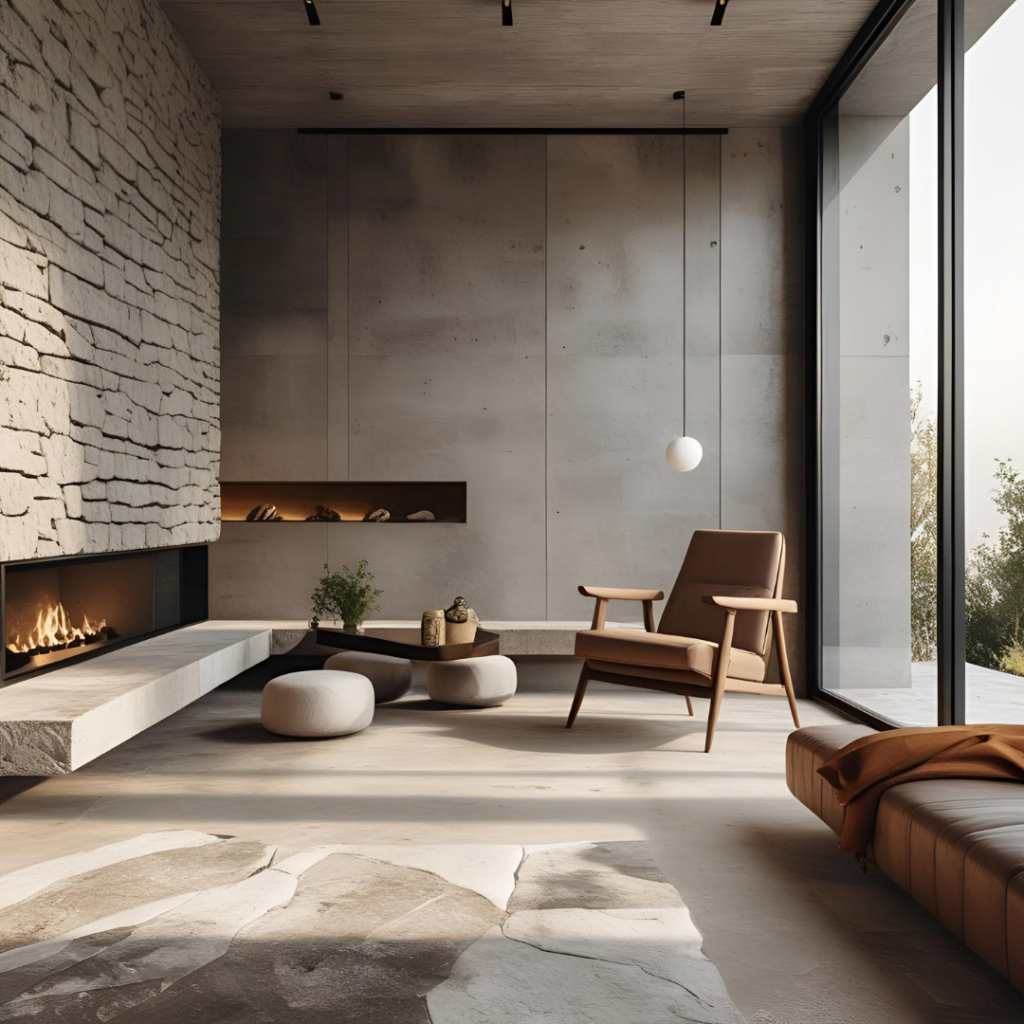What is Parametric Design? Digital Transformation in Architecture
At Mısırlıoğlu Architecture, we closely follow the evolving dynamics of architecture and integrate the opportunities offered by digitalization into our design processes. Parametric design, which has become central to architecture’s digital transformation in recent years, takes the discipline to a new level by offering both aesthetic and functional solutions. Going beyond traditional design methods, it enables the creation of complex geometries and optimized spatial solutions.
What is Parametric Design?
Parametric design is a modeling approach based on defining a set of variables and rules, where these parameters interact to dynamically reshape the design. Rather than drawing forms directly, designers set parameters that allow the form to change instantly when those values are altered. This method makes it possible to generate complex surfaces and geometries that were once difficult to achieve. Mısırlıoğlu Architecture utilizes this flexible and data-driven method to create unique, environmentally responsive, and structurally optimized projects.
The Impact of Technology on Architectural Form
Parametric design relies on algorithmic thinking supported by digital modeling tools. Software like Rhino/Grasshopper and Revit/Dynamo are fundamental to this system. These tools enable building forms to adapt automatically to wind direction, sunlight, user density, or budget constraints. Mısırlıoğlu Architecture uses these systems to integrate environmental data into its projects, offering context-specific, rational, and aesthetically refined solutions.
Sustainability and Performance-Oriented Design
Parametric design is not limited to form generation—it also enables performance-based decision-making. For example, façades can be designed with sun-responsive panels using parametric methods, improving energy efficiency without sacrificing visual appeal. Elements like sunshades, natural ventilation systems, and green roofs are optimized through parametric modeling to create environmentally friendly and user-centric buildings.
Flexible and Adaptive Spaces
Rather than imposing rigid layouts, parametric design supports flexibility in spatial planning. Interiors can be shaped around user needs, and modular furniture systems can adapt to changing functions. Applications such as modular office designs, parametric furniture, and multi-use areas are key components of Mısırlıoğlu Architecture’s digital transformation vision.
New Approaches in Materials and Construction
Parametric design goes beyond the digital realm into the fabrication process. Methods like CNC cutting, 3D printing, and robotic construction reduce production errors and accelerate detailing. This approach offers major advantages for crafting unique surfaces and custom design elements. It also facilitates the development of more innovative, lighter, and more durable systems beyond traditional building materials.
Digitally Reinterpreting Traditional Elements
Though parametric design speaks a digital language, traditional materials and motifs can be reimagined within this system. For instance, Seljuk patterns or Ottoman architectural geometries can be transformed into contemporary façade elements using parametric algorithms. Mısırlıoğlu Architecture uses this method not only as a technological tool but as a design language rooted in cultural identity.
Data-Driven Spatial Design
Data such as user density, movement flow, and temperature changes can be directly integrated into the parametric design process. As a result, not only the architectural form but also the spatial use becomes more efficient and user-friendly. Projects integrated with smart city systems, interactive façades, and environmental monitoring technologies represent the future of this approach.
Conclusion
Parametric design is a powerful representative of digital transformation in architecture. Without compromising aesthetics, it combines environmental, functional, and cultural data to construct the architecture of the future today. Through the flexibility, precision, and originality offered by parametric design, Mısırlıoğlu Architecture responds to both the technical and emotional needs of modern structures. Digital transformation is no longer just a tool—it has become architecture itself.






Henüz yorum yapılmamış, sesinizi aşağıya ekleyin!